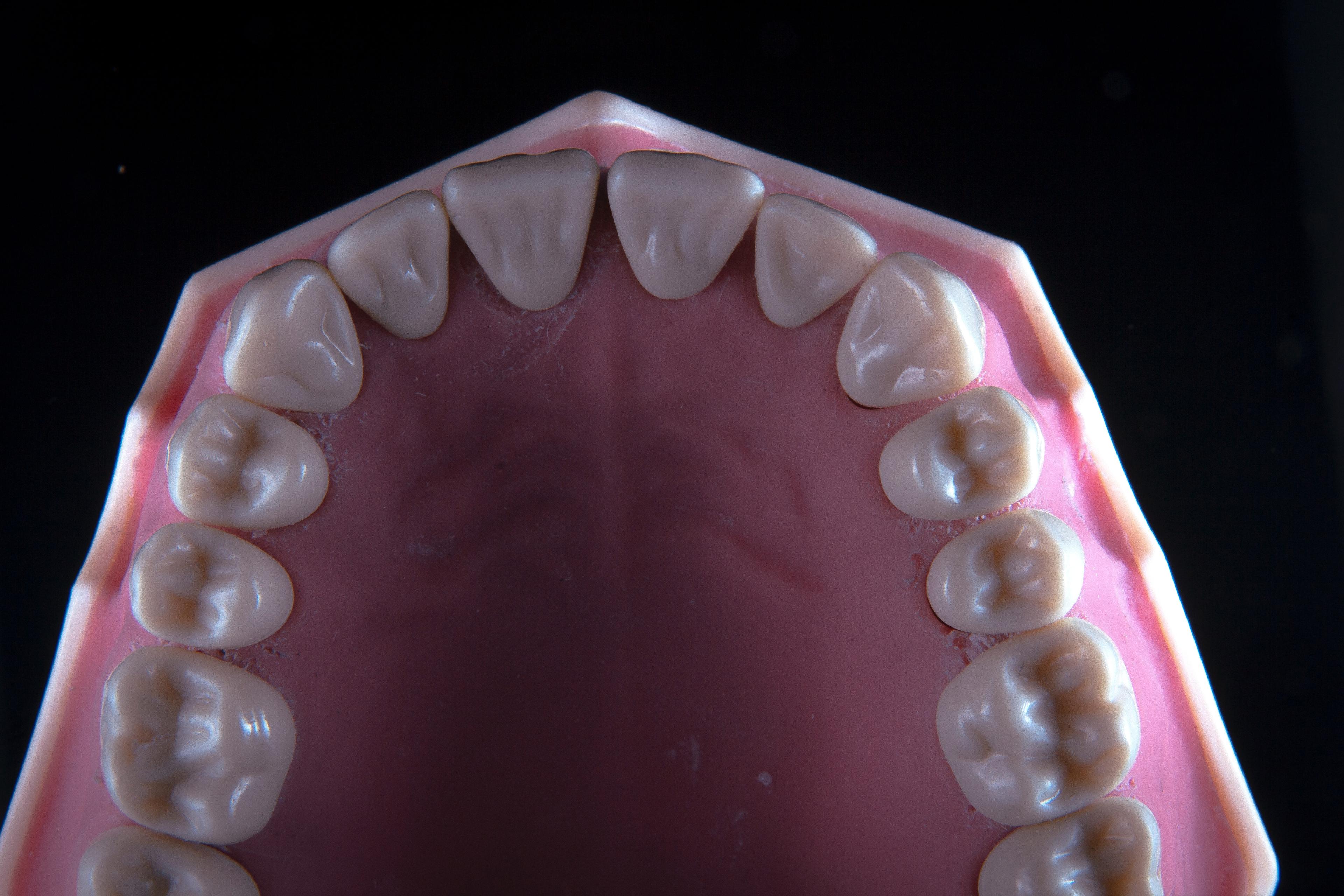What Does Apexification Involve?
Apexification is a therapeutic dental procedure primarily used for treating immature permanent teeth with incomplete root development. It aims to encourage the closure and strengthening of the apex (the tip) of the tooth's root.
The procedure typically begins with the removal of any infected or damaged pulp from the root canal. Afterward, a medication, commonly calcium hydroxide or a similar material, is placed inside the root canal. This medication serves to disinfect the area, promote healing, and induce the formation of a hard barrier or "apical barrier" near the apex of the root.

Over time, the apical barrier develops and provides a foundation for the formation of new dentin, the hard tissue that comprises the tooth's structure. This helps to strengthen the root and prevent further infection or damage.
Apexification is commonly performed in cases where the tooth's root development is incomplete, such as in cases of trauma, extensive decay, or certain dental conditions. It serves to promote the continued development and maturation of the tooth, allowing for potential future root canal therapy and the placement of a permanent restoration.
The specific duration and success of the apexification process may vary depending on individual circumstances. Regular follow-up appointments with a qualified dentist or endodontist are crucial to monitor the progress and determine the appropriate next steps for the tooth's long-term health and stability.
What is the importance of Apexification?
The significance of Apexification lies in its ability to promote the proper development and healing of the tooth's root in cases where the pulp is infected or damaged. By inducing a calcified barrier at the apex of the root, Apexification helps prevent the spread of infection, preserves the tooth's structural integrity, and facilitates future endodontic treatment or restoration.
Here are some key details regarding the importance of apexification:
Infection control: When the pulp of a tooth becomes infected, bacteria can spread through the root canal system, leading to abscess formation and potential damage to the surrounding tissues. Apexification helps in controlling and preventing the spread of infection by sealing off the root apex and eliminating the source of infection.
Preservation of tooth structure: The calcified barrier formed during apexification provides structural support to the tooth. It strengthens the weakened root, preventing it from fracturing or breaking, and maintains the overall stability of the tooth.
Facilitating future treatment: Apexification creates a favorable environment for future endodontic treatment. The calcified barrier acts as a reference point for subsequent root canal procedures, aiding in the effective cleaning, shaping, and sealing of the root canal system during endodontic therapy.
Enhancing restorative options: A tooth that has undergone apexification can be restored with a variety of restorative options, such as a post and core restoration, dental crown, or other prosthetic devices. The presence of a stable root structure enables successful placement and retention of the restoration, ensuring functional and aesthetic outcomes.
Maintaining natural dentition: Apexification helps preserve the natural tooth and avoids the need for extraction, which is often a last resort. Retaining the natural dentition is preferable as it maintains the integrity of the dental arch, prevents adjacent teeth from shifting, and avoids the potential complications associated with tooth loss.
